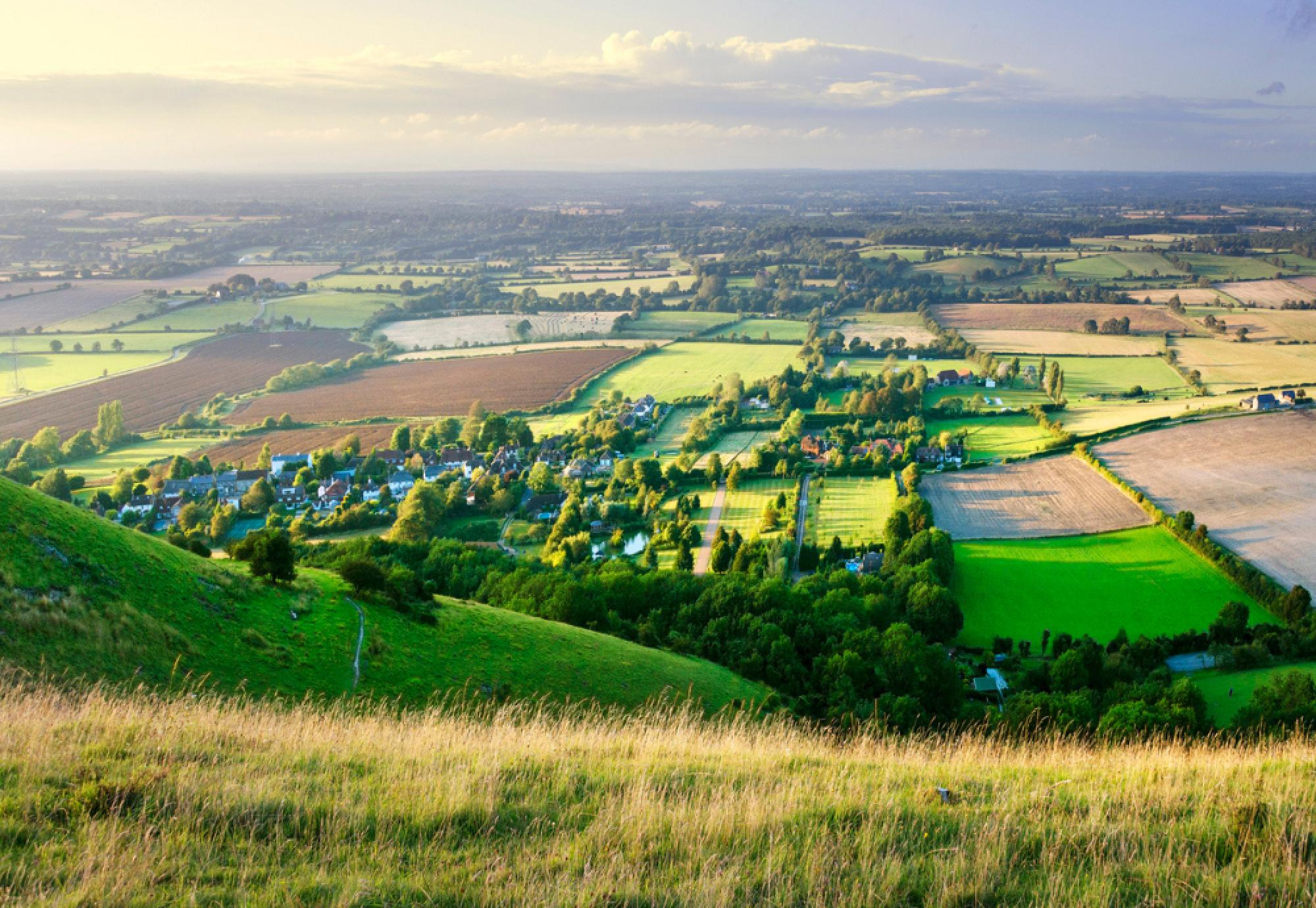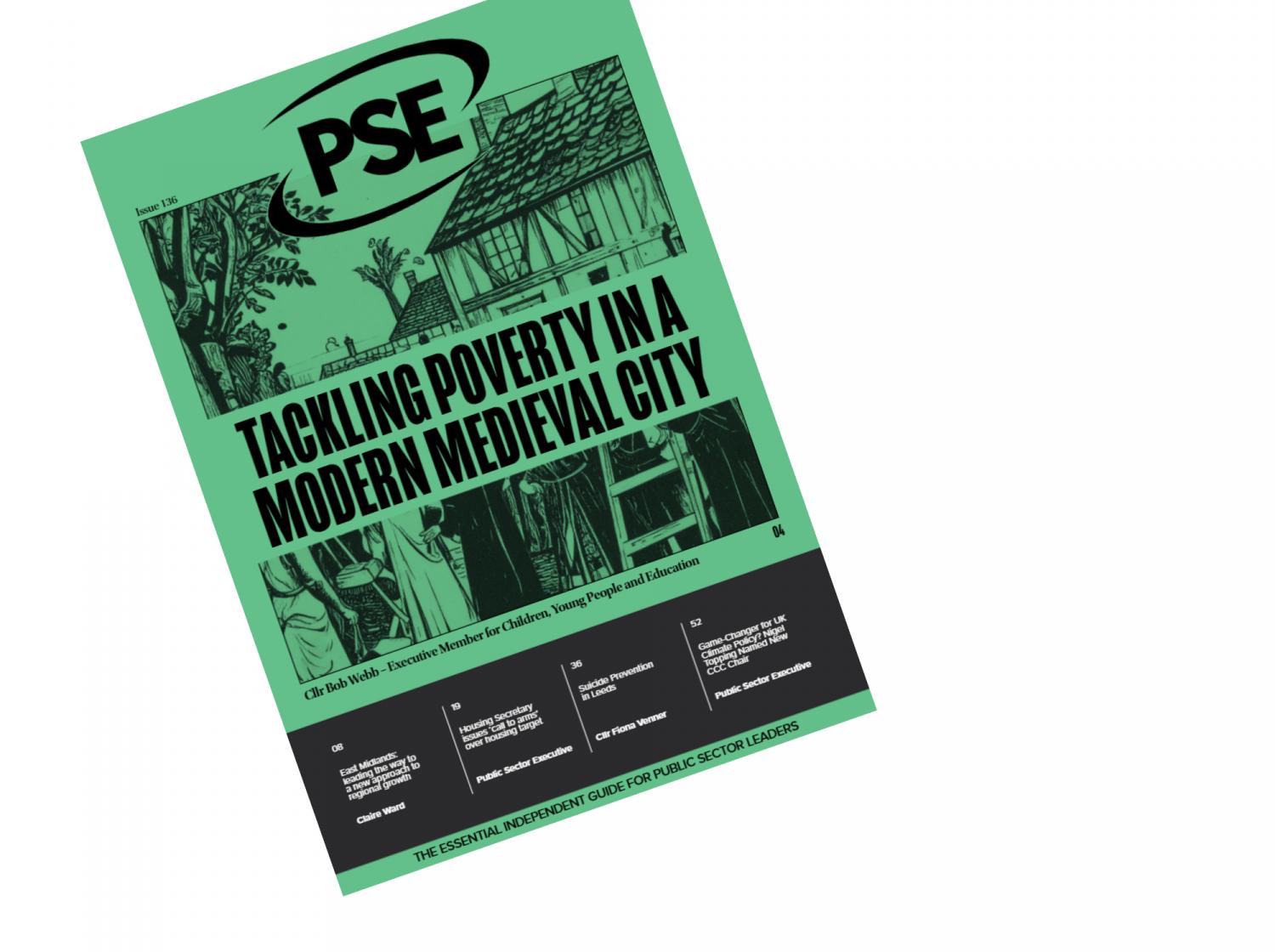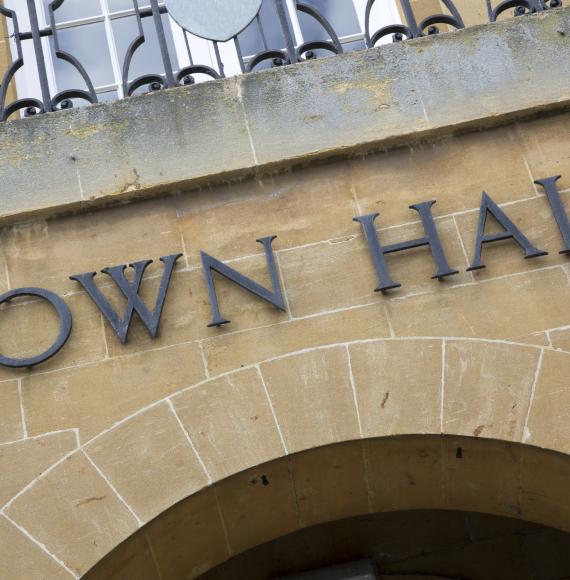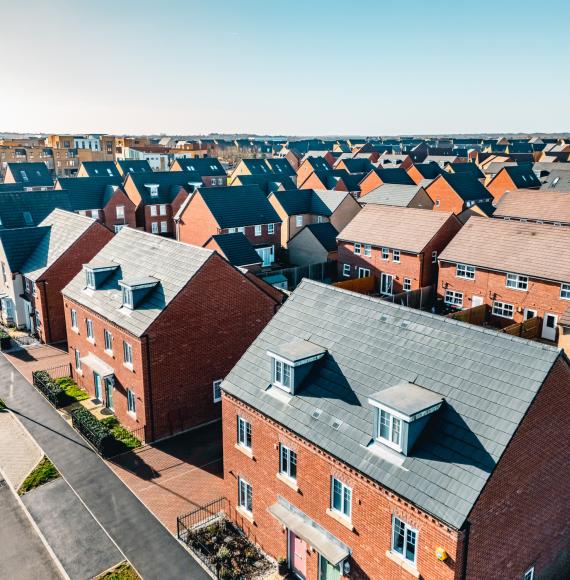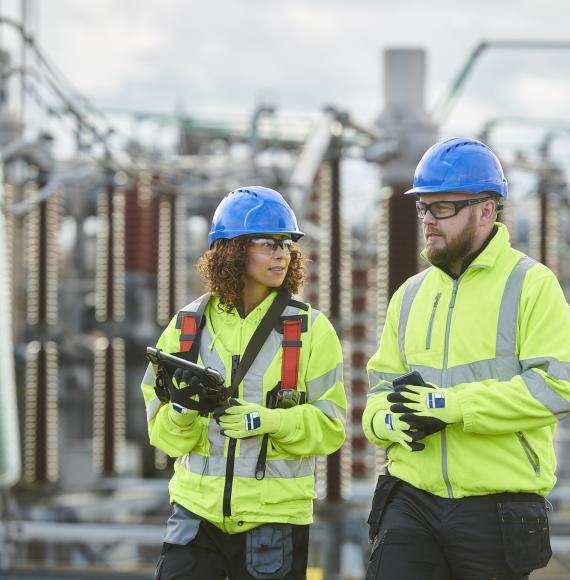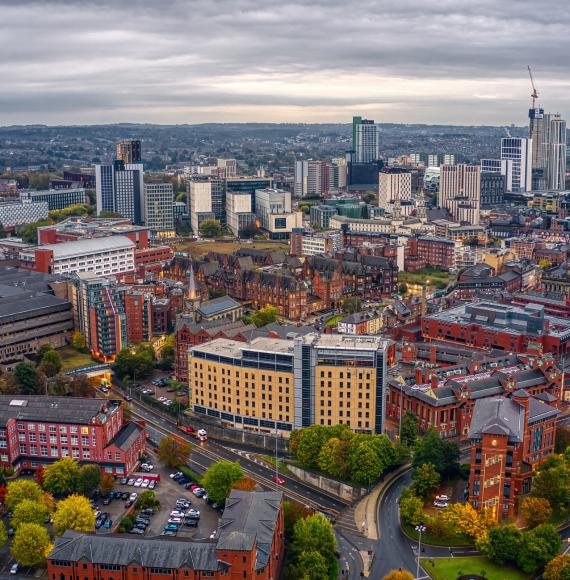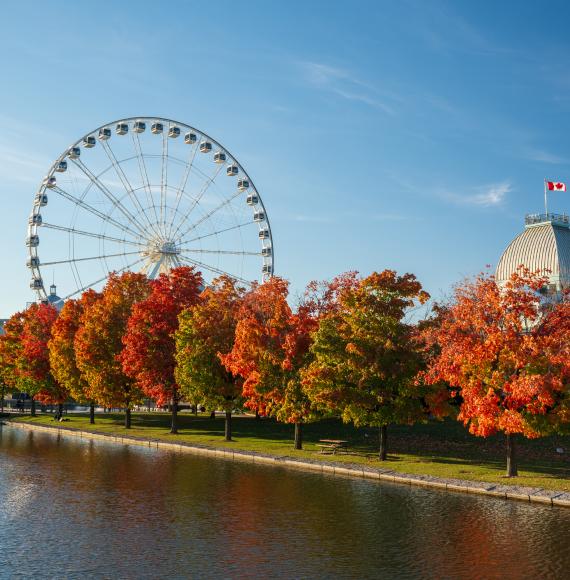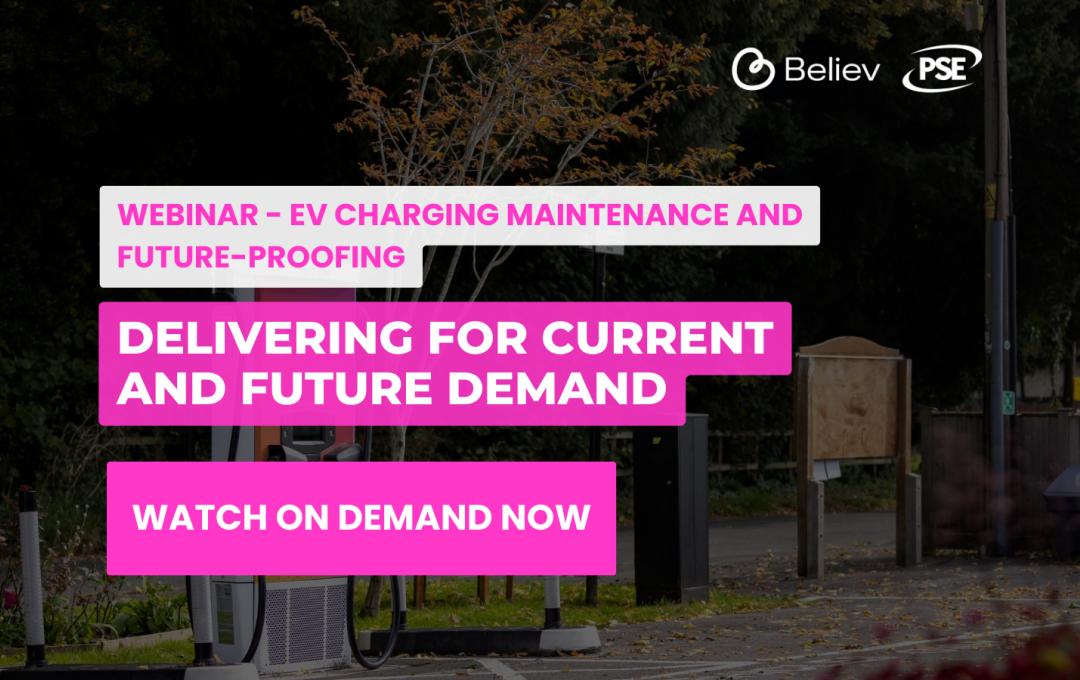Source: Public Sector Executive Feb/Mar 2015
Paul Miner, planning campaign manager at the Campaign to Protect Rural England (CPRE), discusses the benefits of protecting green belt land, and how using brownfield sites can help tackle the country’s housing crisis
The green belt is good, positive planning. It stops urban sprawl and encourages the vital regeneration of our largest cities. It provides the countryside next door to 30 million people and protects the setting of many of our historic settlements. And, though not the principal purpose, it protects the attractive landscapes so important to our environment, heritage and wellbeing.
Without the green belt, we would have the urban sprawl that we see across Europe and North America. Both UN-Habitat and the European Commission have highlighted the particular problems arising from uncontrolled urban sprawl around large cities. Sprawl has all kinds of negative impacts, including loss of farmland and wildlife, increased car use, and neglect of older towns and cities. CPRE and Natural England analysis conducted in 2010 shows that the rate of development in green belts is between 33% and 50% lower than comparable areas of land on the edge of English cities without green belt designation.
There is a housing crisis and a desperate need to build more well-designed, well-located and affordable homes. But some organisations believe that building on the green belt is a solution to the housing crisis – partly because of its proximity to cities, and partly due to its ‘low environmental value’. All we need to do, they argue, is to relax designations.
Green belt policy is already very flexible. Figures published in August 2014 by construction analysts Glenigan indicate that 5,600 new homes were approved in the green belt in 2013, a worrying 148% increase since 2009. Furthermore, local authorities across England are arguing that ‘exceptional circumstances’, as set out in planning policy, exist to justify building up to 200,000 new houses on current green belt land.
It has also been argued that we could build one million new houses within one mile of railway stations around London alone, on green belt land of supposedly low environmental value. But this severely underestimates the wide range of benefits that the green belt offers, and would lead to the urban sprawl that the green belt was precisely designed to prevent. It would also make countryside harder to access by public transport from within London.
Green belt land often includes significant local biodiversity and heritage assets, but it also captures carbon, provides space for water to prevent flooding, and protects the water supply. The Natural Capital Committee in January 2015 called for the creation of 250,000 hectares of woodland and 100,000 hectares of wetland close to urban areas. The best way to achieve this is to maintain existing green belt policy, rather than weaken it. To illustrate, the Colne Valley Regional Park was created by following up planning conditions to restore old gravel pits, rather than condemning them as scruffy land or seeing them developed as a sprawling extension of west London.
Furthermore, most of the green belt – about two-thirds – is in agricultural use. This cannot be considered of low environmental value when global population growth and climate change are putting increasing pressure on land, and when we grow less than two-thirds of our own food. Now, more than ever, we need to avoid unnecessarily losing our countryside.
The solution we should be, and increasingly are, pursuing is the redevelopment of brownfield sites – ‘previously developed’ land. Derelict sites within cities and close to their economic and social opportunities should not be ignored in favour of cheaper or more convenient sites for developers.
Crucially, there is plenty of brownfield land available for development. In November 2014, a CPRE report found that there were enough sites to accommodate at least one million new homes – even after setting aside those brownfield sites that were of recreational or wildlife value, or could be developed for other purposes such as employment. In addition, more than 400,000 homes already have planning permission on such sites. Significantly, the research also found that brownfield land is far from drying up: more brownfield land became available between 2010 and 2012 than was developed.
In our efforts to tackle the housing crisis, suitable brownfield land and not green belt should be the priority. We can also provide more affordable housing in villages for local people, and improve public transport links to encourage economic growth where housing is relatively cheap and plentiful, as Milton Keynes, Peterborough and Swindon already show.
There really is no need for either major releases of green belt land or wholesale changes to policy, when we have such a plentiful range of other options available.

